Role of technologies in skin cancer screening and diagnosis
Speaker
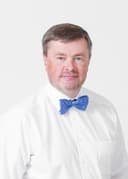
Raimond Karls
Latvia
Dr. Raimond Karls is an MD from Lithuania and serves as an assistant in Riga Stradins University. He holds various positions in different medical associations such as Chairman of the Board of Latvian Association of Dermascopy, Vice-president of Latvian Association of Aesthetic Laser Surgery, and Member of the Board of Latvian Association of Dermatovenerologists. Dr. Karls is also a member of the European Academy of Dermatovenerology and World Skin Cancer Foundation.
Source event
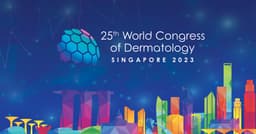
Sister Society Meeting of the Tunisian Society of Dermatology at the World Congress in Singapore
Introduction of the event:
The Tunisian Society of Dermatology and Venereology (STDV) is set to host a Sister Society meeting at the World Congress of Dermatology (WCD) in Singapore, which takes place every four years. This is a significant event for professionals in the field of dermatology to convene and share their knowledge and expertise. The sister society meeting will be held in association with the International Society of Teledermatology (ISTD) and the Middle East International and Aesthetic Medicine (MEIDAM).
The event is highly anticipated, with sessions that will feature high-profile speakers from the STDV and MEIDAM sessions, and a full world congress of Teledermatology, Imaging, AI, and Skin Diseases at the ISTD session. Attendees will learn about the latest advances and trends in the field of dermatology, making it an exciting opportunity for all those in attendance.
The event will be inaugurated by a medical officer of the World Health Organization, Dr. Jose Antonio Ruiz Postigo, emphasizing the importance of this meeting and the significant impact it will have on the global community of dermatologists. This will also serve as a great platform to promote the use of technology in dermatology and make it more accessible.
All recordings of the STDV and MEIDAM sessions will be available on Global Dermatology at the end of the WCD, allowing for a wider audience to benefit from this event. Additionally, the ISTD sessions are accessible through the ISTD website, making it easier for people to access the knowledge shared at the event.
In conclusion, please join the Sister Society meeting at the WCD in Singapore in-person or virtually. The participation of the STDV, ISTD, and MEIDAM highlights the importance of collaboration, knowledge-sharing, and innovation in this field. We wish them success in their endeavors and look forward to the progress that will be made in the field of dermatology as a result of this meeting.
Professor Mohamed Denguezli MD – president of STDV
Professor Ashamen Souissi – treasurer of STDV
Similar videos
Source event Program
INTRODUCTION

The Role of Digital Tools for Educational Purposes and Better Skin Case Management
Welcome-ISTD

Teledermatology – a brief overview
Amanda Oakley
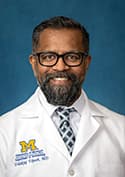
Dermatologist perceptions of teledermatology implementation and future use after COVID-19: demographics, barriers, and insights in the United States of America
SESSION 1
Chairs: Mohamed Denguezli, Tunisia; Nejib Doss, Tunisia

Clinical cases in pediatric dermatology
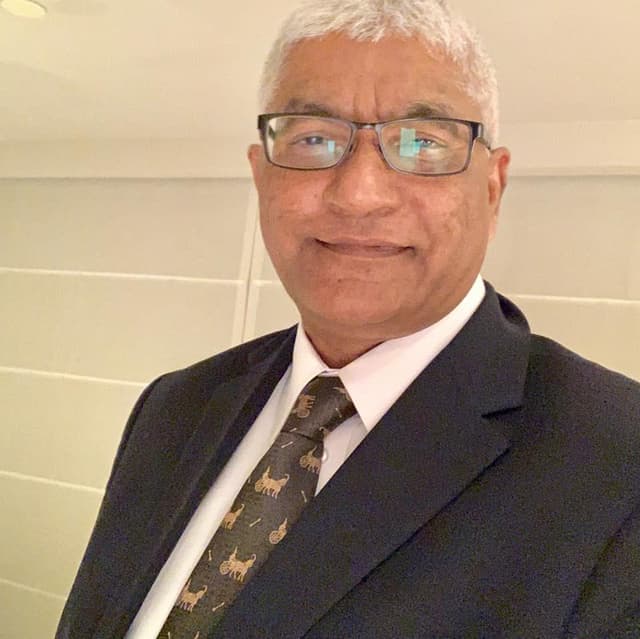
Unmet needs in Psychodermatology
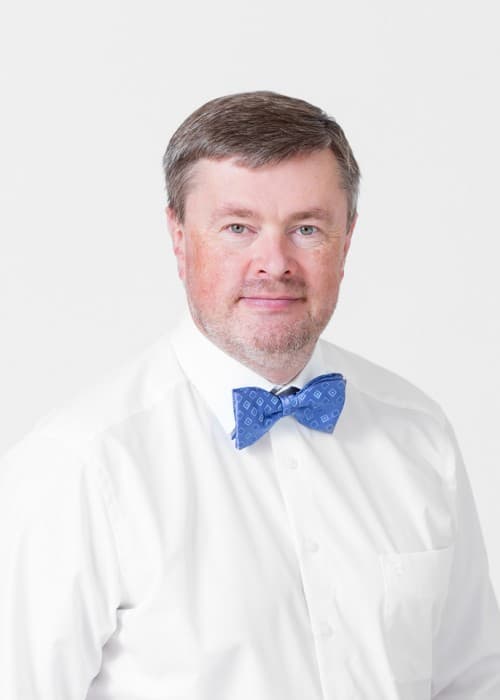
Role of technologies in skin cancer screening and diagnosis

Trichoscopy in trichotillomania
Asmahane Souissi MD
SESSION 2
Chairs: Saad Alsogair, KSA; Ruaa Al Harithy, KSA

Introduction of MEIDAM

Acne 2023 updates
Khaled Al-Nuaimi MD

Tinea capitis: Trichoscopic clues and values
May El Samahy MD

Botulinum toxins immunogenicity: Truth or Myth?

Dermal fillers: What is for what?
Saad Alsogair MD

Contact dermatitis; cases and updates
Tarek TURK MD

Clinical cases: one image, one diagnosis
Amal Salem MD
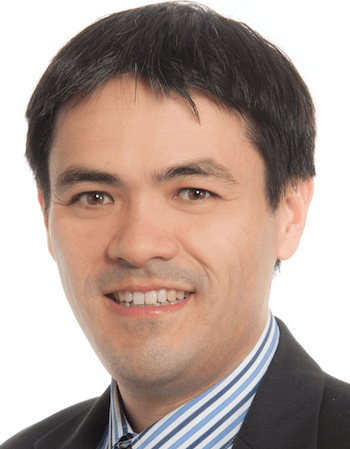
Global Dermatology, Augmented Knowledge in Skin Health
Teledermatology in the US
Trilok Tejasvi, USA

Implementation of teledermatology for Veterans in the United States
Dennis Henry MD, PhD

Research and lessons from Kaiser Permanente, Northern Califoria teledermatology program
Sangeeta Marwaha

Point of care Image Quality Analysis to streamline Teledermatology workflow
Kheterpal Meenal MD
AUL Session
Liam Caffery, Australia: Imaging
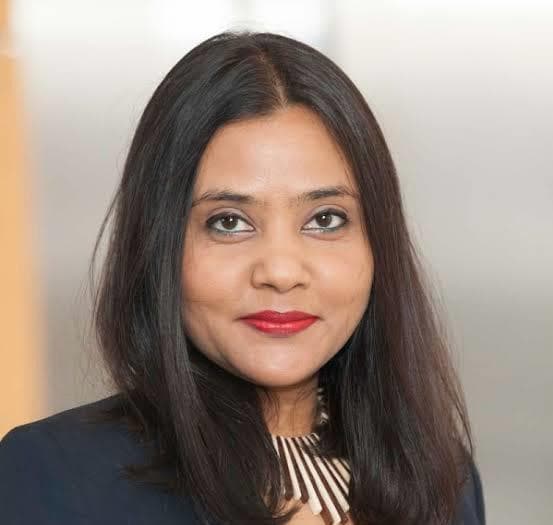
Noninvasive optical imaging of skin cancers: from bedside to teleconsultation-a paradigm shift for wider integration

Teledermatology based on 3D Total Body Photography

Successful and Safe Teledermatology for Low-Risk Skin Cancer Referrals

The effectiveness of blended learning for dermatology undergraduate medical students
Silveira Cristiana MD
Augmented Intelligence (AuI)
Christophe Hsu, Switzerland

The Potential of AI in Dermatology and teledermatology
Thakur Juthika MD

Potential and pitfalls of AI in teledermatology
Veronica Rotemberg

Artificial Intelligence and « Tele » in the Dermasphere
Rao Barbar MD
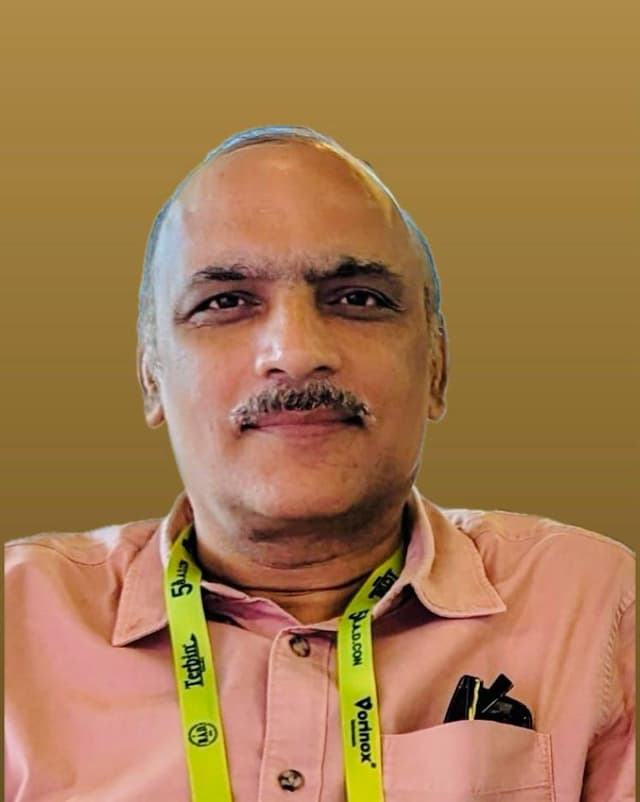
Bottlenecks in AI use in Dermatology
Global teledermatology
Elvira Moscarella, Italy; Dinesh Kumar Devaraj, India

Teledermatology in India During and Post COVID 19 outbreak-advantages, shortcomings and challenges
Sodhi Anmol MD

Teledermatology during military conficts
Popvych Hanna MD
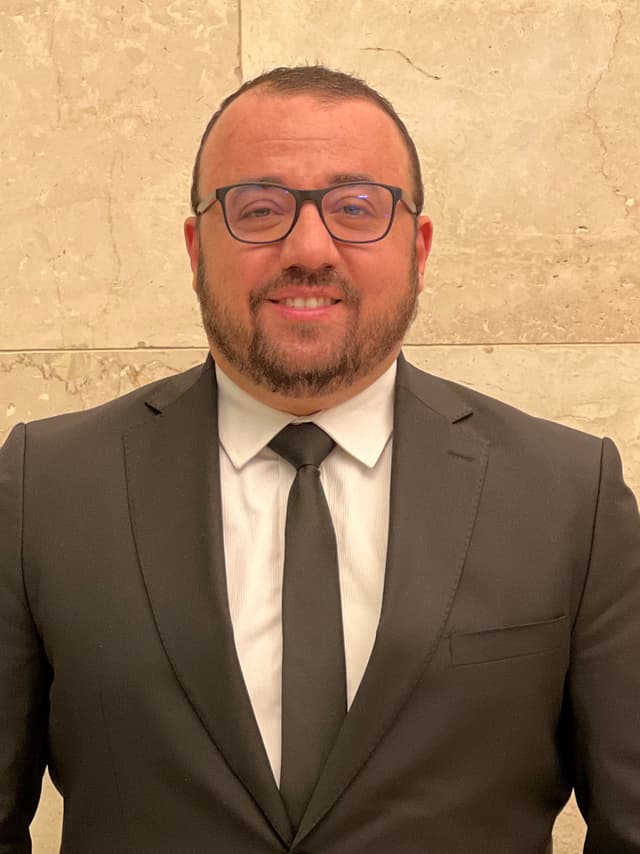
Impact of Teledermatology on Health Care Delivery systems in Remote Sites in Egypt

Rise of Teledermatology Society in India
Thomas Jayakar MD
Might interest you
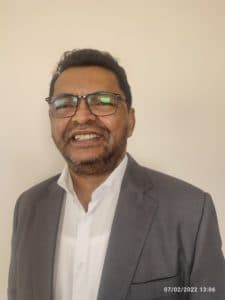
Cutaneous Medicine: Multidisciplinary Approaches in Dermatology
Chair: Prof. Fahafahantsoa Rapelanoro Rabenja,
This course explores the intersection of dermatology with other medical specialties, emphasizing a collaborative approach to diagnosing and managing complex skin disorders. It covers a wide range of topics, including dermatopathology, rheumatology, oncology, and infectious diseases, highlighting how systemic conditions manifest cutaneously. With contributions from experts in various fields, the text provides comprehensive insights into multidisciplinary care, advanced diagnostic techniques, and innovative treatments. Ideal for dermatologists, internists, and specialists, it bridges gaps between disciplines to improve patient outcomes in cutaneous medicine.
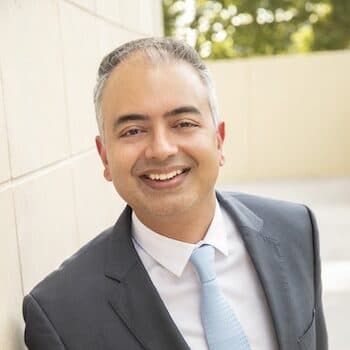
Pigmentation
Chair: Dr Seemal Desai, MD, FAAD
Hyperpigmentation is excess skin color from melanin. Understand melanin synthesis mechanisms and main causes.
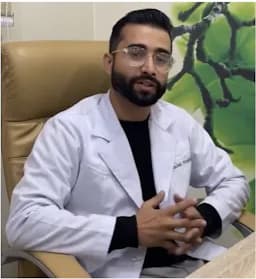
Neglected Tropical Skin Diseases
Chair: Dr. Prajwal Pudasaini, MD
Neglected tropical skin diseases affect poor populations in tropical areas. They include leprosy, mycetoma, and cutaneous leishmaniasis, causing disability and stigma. They receive little attention and resources, leading to poor diagnosis and treatment. Increased awareness and improved healthcare access are needed to help affected communities.
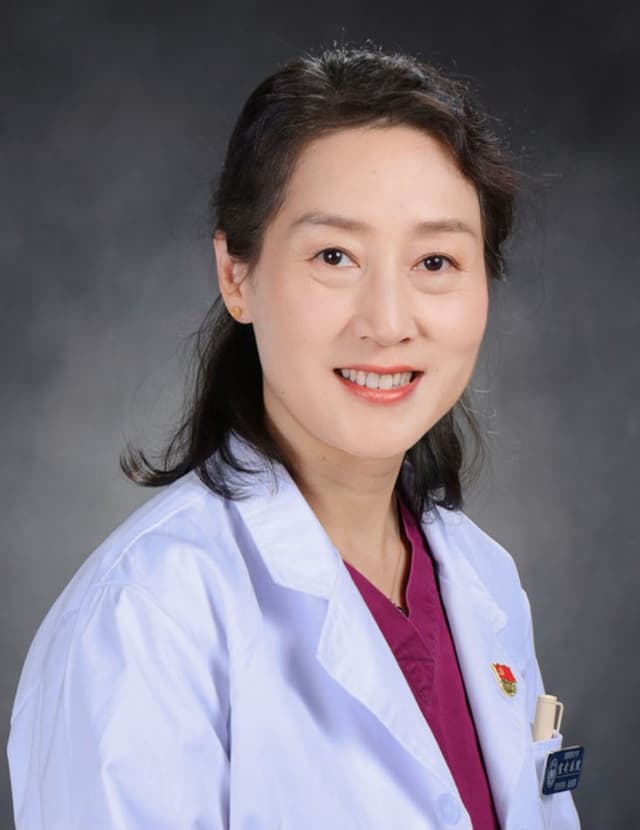
Acne Treatment in China
Chair: Prof. Haiping Zhang, PhD
Acne treatment in China combines traditional methods with modern practices.
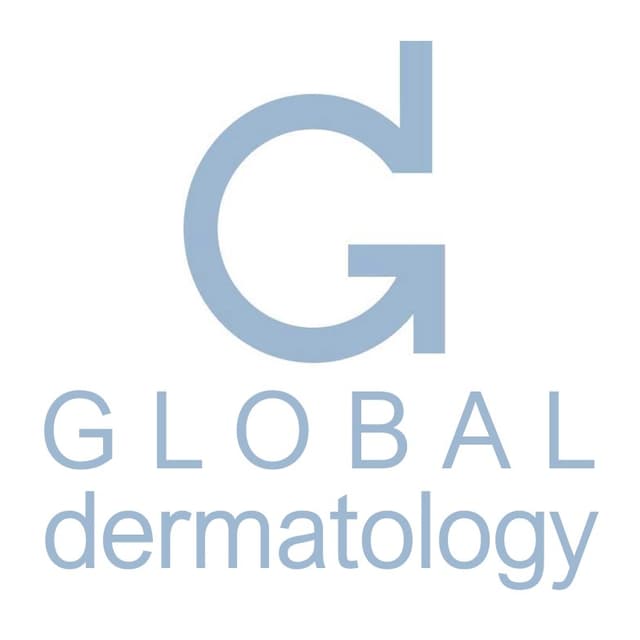
Cyspera Medical Education
Chair: Global Dermatology,
Cyspera® is a topical pigment-correcting treatment formulated with cysteamine, a naturally occurring compound that reduces the appearance of persistent hyperpigmentation, including melasma, post-inflammatory hyperpigmentation, and lentigines. It is known for being non-hydroquinone, suitable for long-term use, and effective on all skin types.
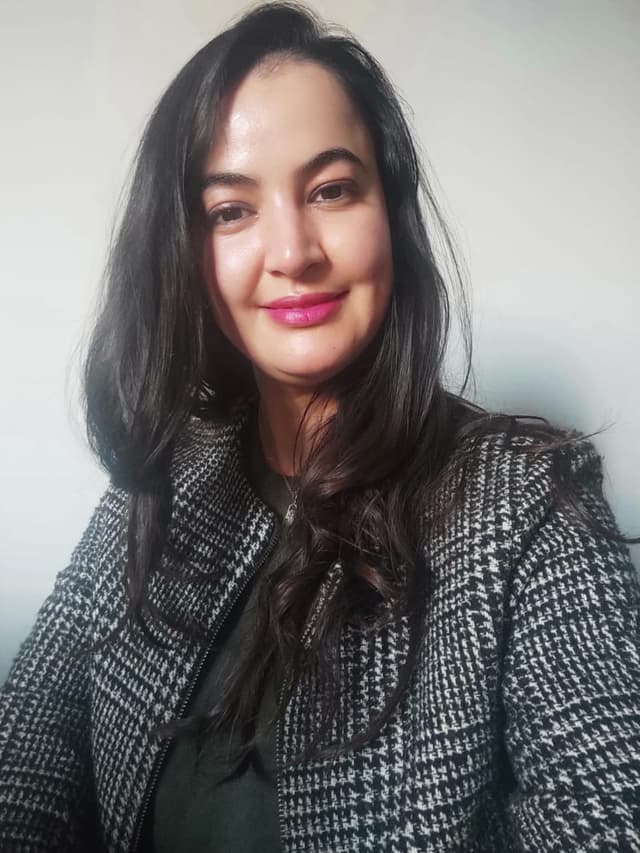
Topographic Dermoscopy
Chair: Prof. Awatef Kelati, MD
Topographic dermoscopy refers to the region-specific application of dermoscopic examination, emphasizing the unique morphological patterns found across different anatomical sites. On facial skin, the dermoscopic assessment requires recognizing patterns influenced by the high density of pilosebaceous units and sun-induced changes, often presenting pseudonetworks and annular-granular structures. The ear, with its thin skin and sebaceous gland concentration, reveals specific vascular and follicular clues important in distinguishing benign from malignant lesions.
On the chest and back, where the skin is thicker and sun exposure varies, dermoscopy must account for irregular pigment distribution and architectural disorder, especially in large nevi or early melanomas. Limb lesions may show distinctive features due to mechanical friction, hair density, and vascular variations, demanding precise interpretation to identify atypical nevi or skin cancers.
Palmar and plantar dermoscopy highlights the parallel ridge pattern critical for melanoma diagnosis, contrasting with benign acral patterns like the parallel furrow or lattice-like structures. Scalp and hair disorders benefit from trichoscopy, where dermoscopic evaluation reveals specific signs such as yellow dots, broken hairs, or black dots, aiding in the diagnosis of alopecia areata, androgenetic alopecia, or tinea capitis.
In nail disorders, onychoscopy enables visualization of melanonychia, hemorrhages, and nail matrix changes, crucial for distinguishing subungual melanoma from benign causes like trauma or fungal infection. Mucosal dermoscopy, though technically challenging, provides diagnostic clues in pigmented lesions of the lips, genitalia, or oral mucosa, requiring adaptation to moist, non-keratinized surfaces.
Finally, ultraviolet dermoscopy reveals a unique application: scabies mites fluorescing bright green under UV light, enhancing detection when traditional visualization fails. Topographic dermoscopy thus demands both anatomical knowledge and technical adaptation to maximize diagnostic accuracy across diverse body sites.
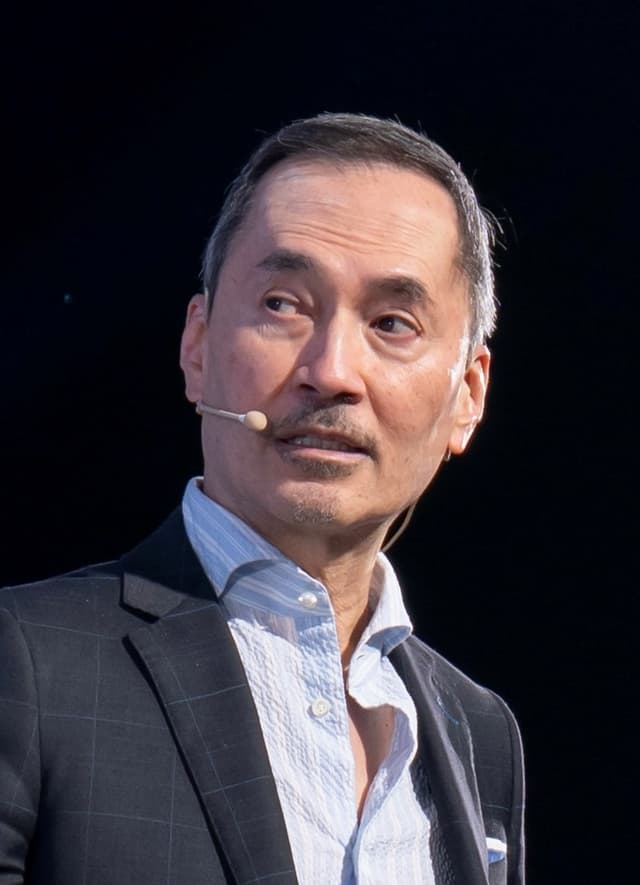
ACNE
Chair: Dr. Jerry Tan, MD
The ACNE | Education Series, led by Dr. Jerry Tan, is a comprehensive global medical education initiative designed to enhance the understanding and skills of dermatologists and healthcare practitioners regarding acne. Participants will gain insights from leading international experts on the latest advancements in acne research, innovative treatment options, and patient-centered care approaches. The event features interactive discussions, live Q&A sessions, and evidence-based strategies, all at no cost. The esteemed faculty includes specialists from the USA, Italy, France, the UK, Singapore, Greece, Australia, Canada, and Germany. This is a valuable opportunity to improve clinical competencies and stay updated on current acne management practices.
Attendees will acquire up-to-date knowledge on acne pathophysiology, new therapeutic options, and patient-oriented management strategies to optimize clinical outcomes in acne treatment. The session will also provide practical insights through expert-led discussions and evidence-based approaches.

Psychodermatology
Chair: Prof Mohammad Jafferany, MD
This specialized course explores the vital intersection between dermatology and mental health, equipping clinicians with the knowledge and tools to manage psychodermatological conditions effectively. Through a blend of theoretical knowledge and practical application, participants will learn to diagnose and treat dermatological delusional disorders, identify psychiatric comorbidities in skin disease patients, and implement mental health strategies for chronic dermatoses. The curriculum also examines psychological factors in cosmetic dermatology and provides cutting-edge screening techniques for body dysmorphic disorder, including modern digital manifestations like Zoom dysmorphia. Adopting a patient-centered approach, the course emphasizes multidisciplinary management of conditions where psychological and dermatological factors interact. Participants will gain expertise in recognizing psychiatric components of skin diseases, addressing the emotional
burden of chronic conditions, and applying ethical principles in cosmetic practice. The training combines expert instruction with case-based learning to bridge theory and clinical practice. Designed for dermatologists, psychiatrists, psychologists, and primary care providers, this program enhances clinicians' ability to deliver holistic care that addresses both the visible and invisible aspects of skin disorders. Upon completion, practitioners will be better prepared to manage complex psychodermatological cases while improving patient outcomes through integrated mind-skin healthcare.

Tropical Dermatology and Neglected Tropical Dermatoses
Chair: Prof. Fahafahantsoa Rapelanoro Rabenja,
Dermatological diseases, particularly neglected tropical diseases (NTDs) with skin manifestations like deep mycosis (chromoblastomycosis, sporotrichosis, mycetoma), scabies, leprosy, lymphatic filariasis, and cutaneous leishmaniasis, pose major challenges for healthcare systems in resource-limited regions of Africa, Asia, and Latin America. These conditions severely affect vulnerable populations, suffering from frequent underdiagnosis and inadequate treatment that exacerbates suffering. Diseases such as atopic dermatitis are also under consideration for inclusion as skin NTDs through collaborative efforts involving ISAD, ASDV, and WHO. Furthermore, albinism, highly prevalent in sub-Saharan Africa, presents significant social challenges including stigmatization and occult beliefs. Despite these complex difficulties, the field is undergoing a historic transformation driven by science and technology, particularly artificial intelligence (AI), which offers tangible tools for improving diagnosis, treatment, and prevention. The participation of global experts facilitates vital knowledge exchange, exploration of innovative solutions, and helps address critical shortages of human and material resources in remote areas.
Learning Objective:
Understand the complex challenges posed by dermatological diseases, especially skin NTDs and conditions like albinism, in resource-limited settings, and recognize the critical role of global collaboration, technological innovation (particularly AI), and expert knowledge exchange in developing solutions to improve diagnosis, treatment, prevention, and resource allocation.

Dermoscopy
Chair: Prof Awatef Kelati, MD
This comprehensive dermoscopy course provides dermatologists and healthcare professionals with essential skills in skin lesion evaluation, covering fundamental principles through advanced diagnostic applications across five key areas: global dermoscopy practices, pigmented lesion analysis (including differentiation of benign and malignant patterns), specialized techniques for skin of color, skin cancer detection (melanoma and non-melanoma), and general dermatological conditions (inflammatory, infectious, and hair/nail disorders). Participants will develop proficiency in recognizing diagnostic patterns, adapting techniques for diverse skin types, and applying dermoscopic algorithms, ultimately enhancing their clinical accuracy through a combination of theoretical knowledge and practical case-based learning. The course emphasizes real-world application, addressing both common and challenging scenarios in dermatological practice.
